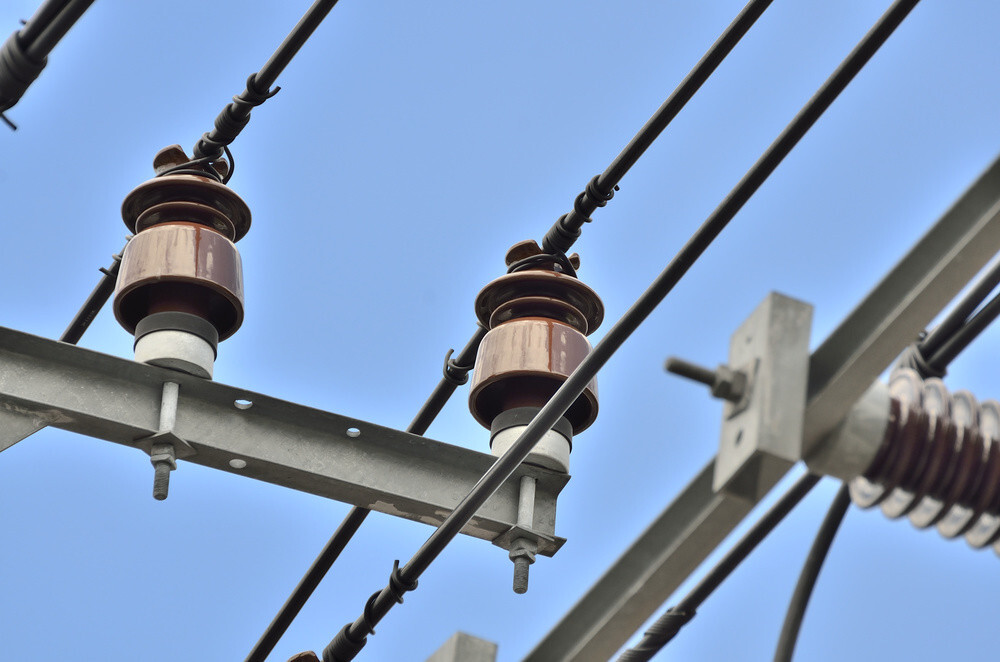
The development of green hydrogen requires the consistent production of renewable energy. This is including wind and solar energy. This energy helps to power the electrolyzers that convert water into hydrogen and oxygen. Colombian government has recognized the potential of green hydrogen and aims to become a competitive player. They launched the national hydrogen roadmap in 2021, aiming to produce 50 kilotons of green hydrogen annually by 2030. This will need incentives to fund the development. Colombia has provided tax incentives, eased permitting processes, and encouraged research and development in hydrogen technologies. Using renewables, such as onshore wind farms, enables cost reduction, increases efficiency, and provides a stable power supply. Additionally, pin-type insulators play a crucial role in the development of green hydrogen in Colombia. They support the transmission and distribution of renewable electricity. This electricity is from sources like wind and solar farms to green hydrogen facilities.
Pin-type insulators ensure the safe, reliable, and efficient transmission of renewable electricity for the facilities. The insulators help maintain the stability and efficiency needed for effective hydrogen production. High-quality pin-type insulators are able to withstand harsh environmental conditions. This makes them a valuable part of Colombia’s efforts to establish itself as a leader in green hydrogen production. Let’s look at the significance of using pin-type insulators in green hydrogen production. We will also look at the importance of investments in Colombia’s green hydrogen development.
Significance of pin-type insulators in green hydrogen production
Pin-type insulators are vital components in electricity transmission infrastructure supporting green hydrogen development. They do so by providing safety, reliability, and efficiency of renewable electricity. This is from wind and solar farms to hydrogen facilities. Pin-type insulators have low maintenance needs, which makes them a valuable part of Colombia’s efforts. The following are the contributions of pin-type insulators to the green hydrogen production process.

- Supporting high voltage lines – green hydrogen production involves high-voltage power lines. These lines send electricity across long distances. Pin-type insulation work on poles to provide the necessary insulation to prevent current leakage. They also ensure the efficient delivery of electricity.
- Scaling renewable infrastructure for hydrogen production – pin-type insulators enable the construction of extensive transmission networks. These networks connect remote renewable energy sources to hydrogen production units.
- Reducing downtime and enhancing efficiency – any interruptions in the power supply can lead to production losses and increased operational costs. Pin-type insulators help maintain the integrity of power lines and reduce the risk of outages.
- Ensuring reliable electricity transmission – pin-type insulators help to support and insulate overhead power lines. These lines carry electricity from renewable energy sources to hydrogen production facilities. The insulators help maintain stability in power lines to ensure transmission of renewable electricity.
Impacts of investments in the development and production of green hydrogen in Colombia
The availability of investments helps in shaping the development of green hydrogen in Colombia. The investments help in building infrastructure, advance technology, and stimulate market demand. Investments also help in reducing production costs through technological advancements, stimulating demand through market development, and mitigating risks. The mix of public and private investment can leverage its renewable energy potential. They could become a leading producer of green hydrogen in the energy sector. This contributes to its domestic energy transition and the global push towards decarbonization. Pin-type insulators enable the construction of extensive transmission networks. These netowrks connect remote renewable energy sources. At TTF Power, we are a one-stop-shop for utility pole hardware fittings, transmission line accessories and power line construction equipment. We provide our customers with the most extensive range of products in the industry, excellent value and knowledgeable service. The following are the impacts of investments in Colombia’s green hydrogen development.

- Infrastructure development – green hydrogen production needs significant infrastructure. This is including renewable energy installations, electrolyzers, storage facilities, and transportation networks.
- Reducing production costs – production of green hydrogen is costly compared to fossil-based hydrogen. Investments can help in research and development to lead the technological advancements that reduce costs. The funding helps improve electrolyzer efficiency, develop economies of scale, and leverage renewable energy costs.
- Attracting private and foreign investments – government investments and policy support help in attracting investments. Foreign investments bring capital and technological expertise. This enables Colombia to develop its hydrogen sector faster.
- Market development and demand creation – investments can help create new demand for hydrogen in hard-to-decarbonize industries.
- Social and economic benefits – investments in green hydrogen can stimulate economic development. Investments in training and workforce development ensure that local populations can take part in and enjoy the growth of the industry.
